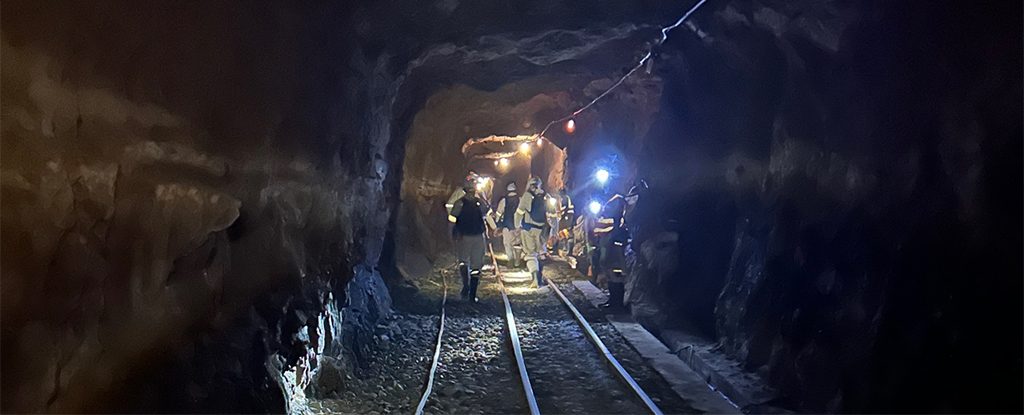Update: Astrobiotic has confirmed the controlled re-entry has completed.
A crippled American spaceship is set to burn up in the atmosphere over a remote region of the South Pacific on Thursday, bringing a fiery end to its failed mission to land on the Moon.
Astrobotic’s Peregrine lander was launched on January 8 under an experimental new partnership between NASA and private industry intended to reduce costs for American taxpayers and seed a lunar economy.
But it experienced an explosion shortly after separating from its rocket and has been leaking fuel ever since – making it impossible to reach its destination.
“Astrobotic has positioned the Peregrine spacecraft for a safe, controlled reentry to Earth over a remote area of the South Pacific,” the Pittsburgh-based company said in an update Wednesday night, providing coordinates a few hundred miles (kilometers) south of Fiji, though there is a wide margin of error.
Reentry is expected to occur around 2100 GMT, mid-morning on Friday in the local time zone.
Astrobotic added it intentionally executed a series of small engine burns to position the boxy, golf cart-sized robot over open water and thus “minimize the risk of debris reaching land.”
Peregrine remained stable and responsive as of Thursday and the company said it was in touch with relevant governments to keep them updated on the craft’s planned trajectory.
Astrobotic also tweeted a photograph taken by the spaceship on its final day, revealing the Earth’s crescent as Peregrine positioned itself between the Sun and our planet.
(1/2) Update #22 for Peregrine Mission One pic.twitter.com/YIKQKE6fgH
— Astrobotic (@astrobotic) January 19, 2024
Peregrine operated for over 10 days in space, exciting enthusiasts even after it became clear Astrobotic would not succeed in its goal to be the first company to achieve a controlled touchdown on the Moon – and the first American soft landing since the Apollo era.
NASA had paid the company more than $100 million under the Commercial Lunar Payload Services (CLPS) program to ship its science instruments to the Moon, as it prepares to send American astronauts back to the barren world later this decade.
Astrobotic also carried more colorful cargo on behalf of private clients, such as the remains of Star Trek creator Gene Roddenberry.
Though it hasn’t worked out this time, NASA officials have made clear their strategy of “more shots on goal” means more chances to score. The next attempt under CLPS, by Houston-based Intuitive Machines, launches in February.
The Japanese space agency’s “Moon Sniper,” which launched in September, will be the next spaceship to attempt a soft lunar touchdown, a notoriously difficult feat, shortly after midnight Japan time on Saturday (1500 GMT on Friday).
If it succeeds, Japan will be the fifth nation to complete the achievement, after the Soviet Union, United States, China and India.





